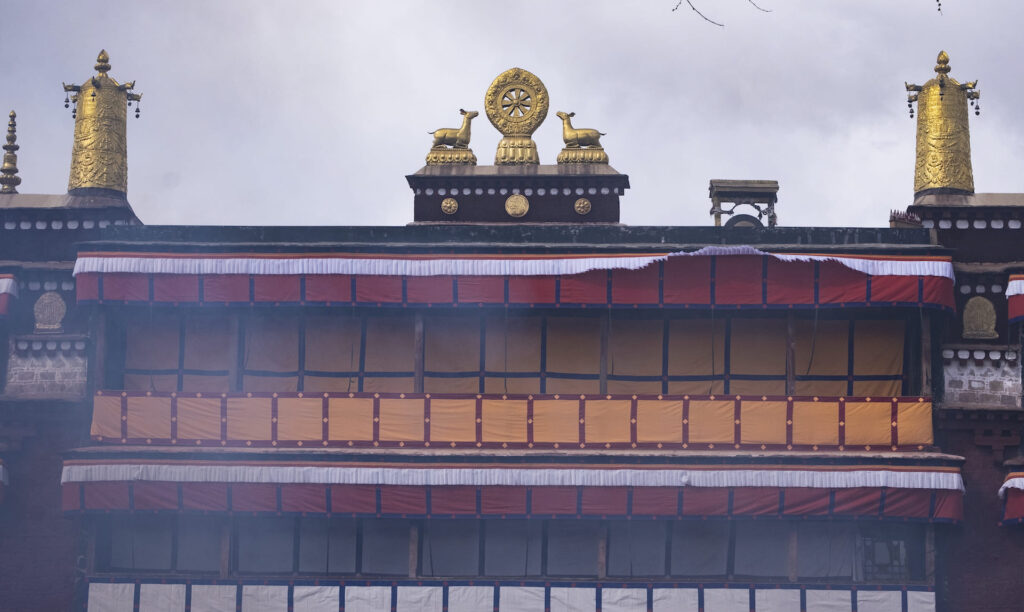
Safety precautions and travel advisories
In the current situation, it is crucial to prioritize safety precautions and stay informed about travel advisories. With the ongoing pandemic and various other global issues, it is important to understand the risks associated with traveling and take necessary precautions to protect oneself and others.
First and foremost, it is essential to stay updated on the latest travel advisories issued by government authorities and health organizations. These advisories provide valuable information about the current situation in different regions, including any travel restrictions, or health risks that may be present. By staying informed, travelers can make well-informed decisions about their travel plans and take necessary actions to ensure their safety.
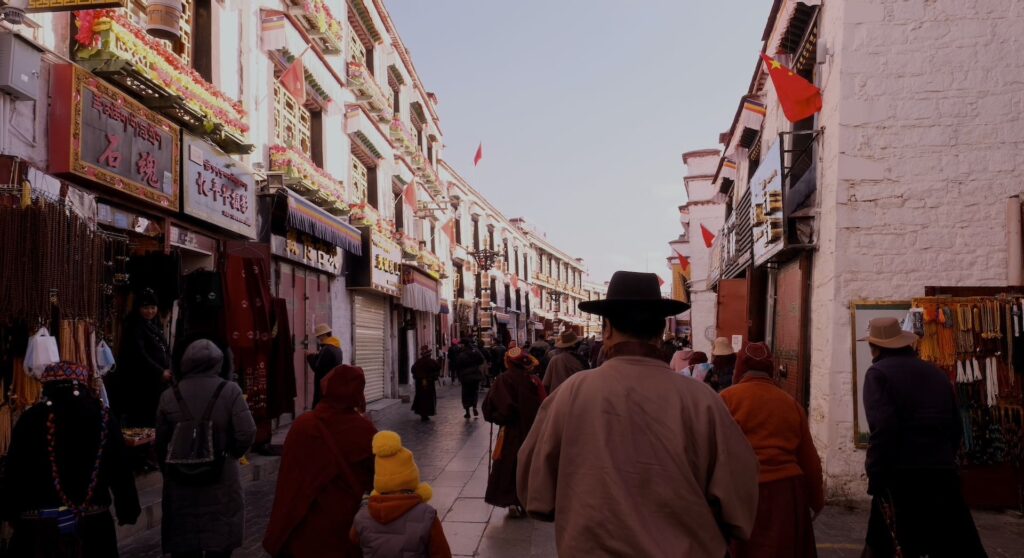

In addition to following travel advisories, it is important to take proactive measures to prevent the spread of diseases. This includes practicing good hygiene habits such as frequent handwashing, wearing a mask in public places, and maintaining physical distancing from others.
When planning a trip, it is crucial to research and choose accommodations, transportation, and activities that prioritize safety and adhere to recommended guidelines. Look for hotels, airlines, and tour operators that have implemented enhanced cleaning protocols and safety measures. It is also advisable to consider flexible booking options that allow for changes or cancellations in case of unforeseen circumstances.
Furthermore, travelers should consider purchasing travel insurance that covers medical expenses and trip cancellations or interruptions due to unexpected events. This can provide a sense of security and financial protection in case of emergencies during the trip.
It is important to keep in mind that the current situation is constantly evolving, and travel plans may need to be adjusted accordingly. Flexibility and adaptability are key in navigating these uncertain times.
By understanding the current situation, staying informed about travel advisories, and taking necessary safety precautions, travelers can make informed decisions and prioritize their well-being while traveling.
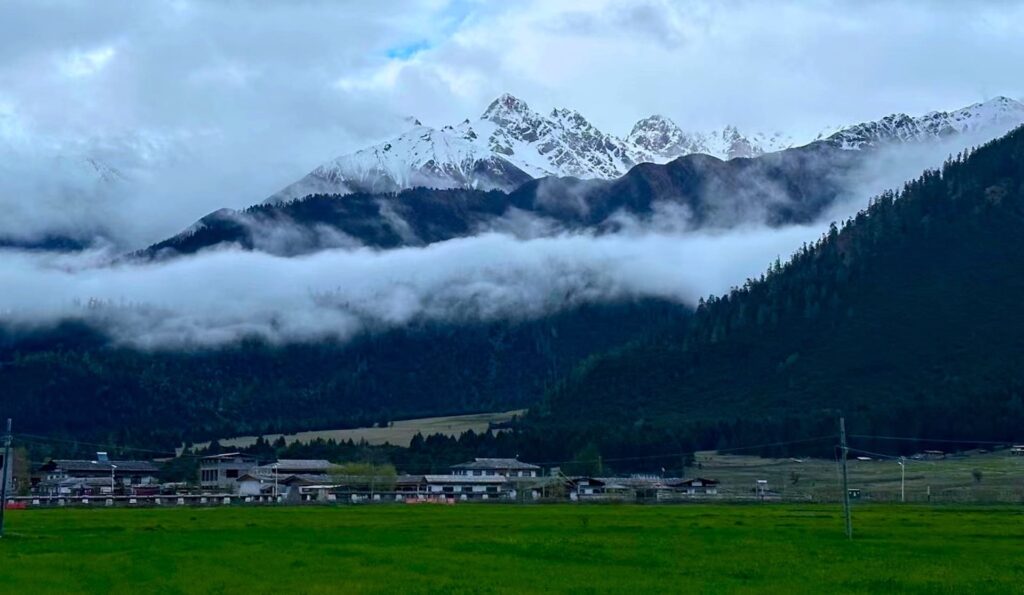

Exploring the wonders of Tibet
Tibet is a destination that offers a unique cultural immersion and the opportunity to have truly unforgettable experiences. From its breathtaking landscapes to its rich history and traditions, Tibet is a place that captivates the imagination and leaves a lasting impression.
One of the main reasons why cultural immersion in Tibet is so special is because it allows travelers to witness and participate in ancient traditions that are still very much alive today. From visiting Buddhist monasteries and witnessing monks perform their daily rituals to attending traditional festivals and ceremonies, there are countless opportunities to learn about and engage with Tibetan culture.
In addition to cultural immersion, exploring Tibet also offers the chance to witness some of the most stunning natural wonders in the world. From the snow-capped peaks of the Himalayas to the crystal-clear lakes and vast grasslands, Tibet’s landscapes are truly awe-inspiring. Whether it’s trekking through the mountains, camping by a tranquil lake, or taking a scenic drive along winding roads, there are endless opportunities for adventure and exploration.
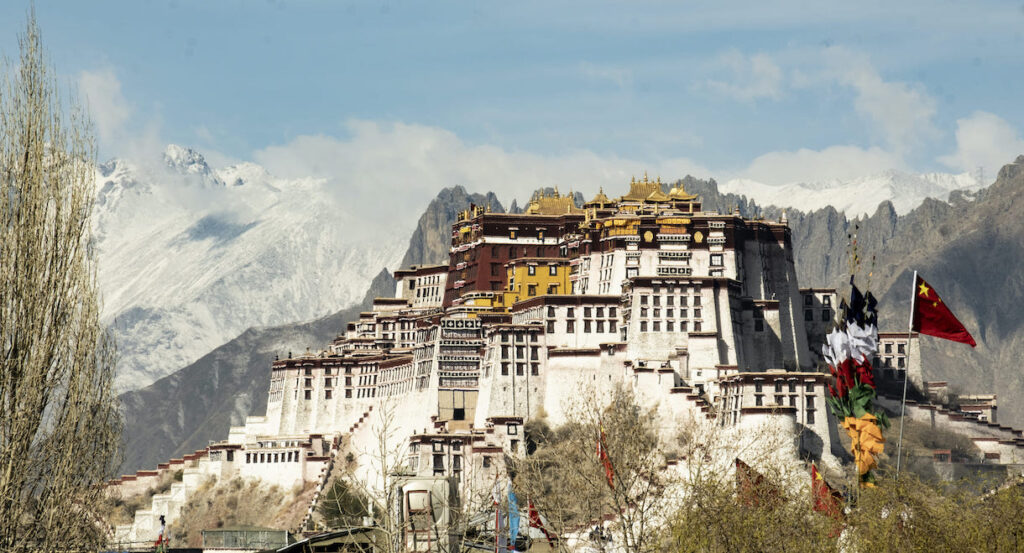

Furthermore, traveling in Tibet can also be a deeply spiritual experience. The region is considered to be a sacred place by many, and it is believed that the air and water in Tibet have healing properties. For those seeking a spiritual journey, Tibet offers a unique opportunity to connect with oneself and find inner peace and tranquility.
Overall, exploring the wonders of Tibet is an experience like no other. It provides the chance to immerse oneself in a rich and vibrant culture, witness breathtaking natural landscapes, and embark on a spiritual journey. Whether you’re interested in history, adventure, or personal growth, Tibet has something to offer everyone.
How to travel to Tibet?
Traveling to Tibet can be a bit challenging due to its remote location and strict travel regulations. However, there are transportation options available that can help you reach this beautiful region.
One of the most common ways to get to Tibet is by air. There are several airports in Tibet, including Lhasa Gonggar Airport, which is the largest and most well-connected airport in the region. Many major cities in China, as well as a few international destinations, have direct flights to Lhasa. From there, you can easily travel to other parts of Tibet by road or rail.
If you prefer a more scenic route, you can also consider taking the train to Tibet. The Qinghai-Tibet Railway is the highest and longest plateau railway in the world, and it offers breathtaking views of the Tibetan Plateau. Trains to Tibet depart from several major cities in China, including Beijing, Shanghai, Chengdu, and Xining. Keep in mind that train tickets to Tibet can be in high demand, so it’s advisable to book well in advance.
Another option for reaching Tibet is by road. However, this option is only available if you are already in China or one of the neighboring countries. You can drive or take a bus to Tibet from places like Nepal, India, or Sichuan Province in China. It’s important to note that traveling overland to Tibet requires obtaining the necessary permits and adhering to all travel regulations.
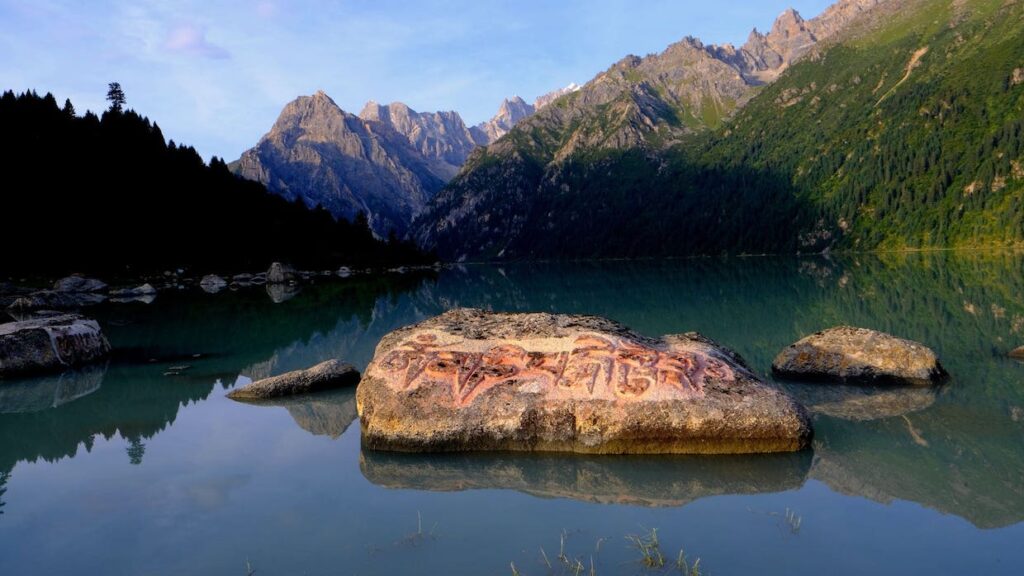

No matter which transportation option you choose, it’s crucial to be prepared for the high altitude of Tibet. The average elevation in Tibet is over 4,000 meters (13,000 feet), so it’s important to acclimatize properly and take precautions to avoid altitude sickness.
Overall, while getting to Tibet may require some planning and preparation, the stunning landscapes and unique cultural experiences make it well worth the effort.
Preparing for the unique challenges of Tibet
Traveling to high-altitude destinations like Tibet can be an incredible experience, but it also presents unique challenges and risks that need to be taken into consideration. To ensure your safety and enjoyment during your trip, it is important to prepare adequately.
First and foremost, it is crucial to acclimatize properly to the high altitude. This means allowing your body enough time to adjust to the decreased oxygen levels. It is recommended to spend a few days in lower altitudes before gradually ascending to higher altitudes. During this time, it is important to take it easy, avoid strenuous activities, and drink plenty of water to stay hydrated.
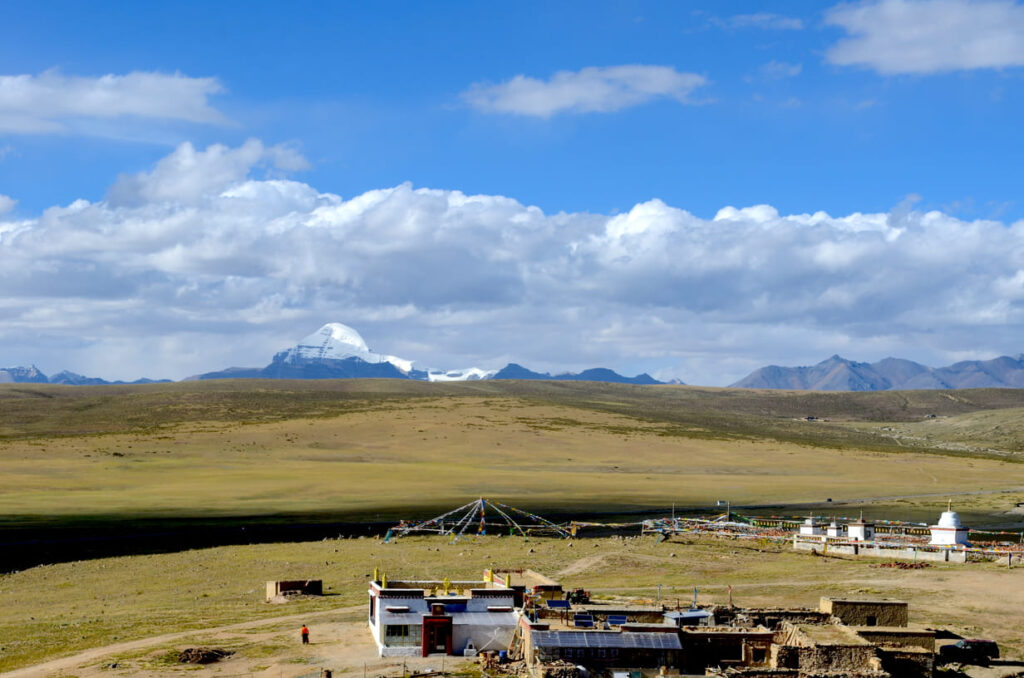

Another safety measure is to be prepared for unpredictable weather conditions in high-altitude regions. Tibet, in particular, can experience extreme temperature fluctuations and sudden changes in weather. It is essential to pack appropriate clothing layers that can be easily added or removed based on the weather conditions. Additionally, carrying good quality sunscreen, sunglasses, and a hat is essential to protect yourself from the strong UV rays at higher altitudes.
Altitude sickness is a common concern when traveling to high-altitude destinations. To minimize the risk, it is advisable to consult with a healthcare professional before your trip and discuss the possibility of taking medication such as acetazolamide. It is also important to listen to your body and pay attention to any symptoms of altitude sickness, such as headaches, dizziness, nausea, or difficulty breathing. If you experience any severe symptoms, it is crucial to descend to a lower altitude immediately and seek medical attention if necessary.
Lastly, it is recommended to travel with a reputable tour operator or guide who has experience in high-altitude travel. They will be familiar with the unique challenges and risks associated with traveling in Tibet and can provide valuable guidance and support throughout your journey.
By following these safety measures and taking the necessary precautions, you can ensure a safe and enjoyable high-altitude travel experience in Tibet.
Making the most of your Tibetan experience
When traveling to Tibet, it is important to make the most of your experience by gaining local insights and seeking expert guides. Tibet is a unique and culturally rich destination, and having access to local knowledge can greatly enhance your trip.
One way to gain local insights is by interacting with the local Tibetan people. They can provide you with valuable information about their culture, traditions, and way of life. Engaging in conversations with them can give you a deeper understanding of the region and its people. They can also recommend lesser-known attractions or hidden gems that may not be found in guidebooks.
Another way to make the most of your Tibetan experience is by hiring a knowledgeable and experienced guide. A local guide can provide you with in-depth information about the history, religion, and culture of Tibet. They can take you to off-the-beaten-path locations, share stories and legends associated with the sites, and help you navigate through any language barriers.
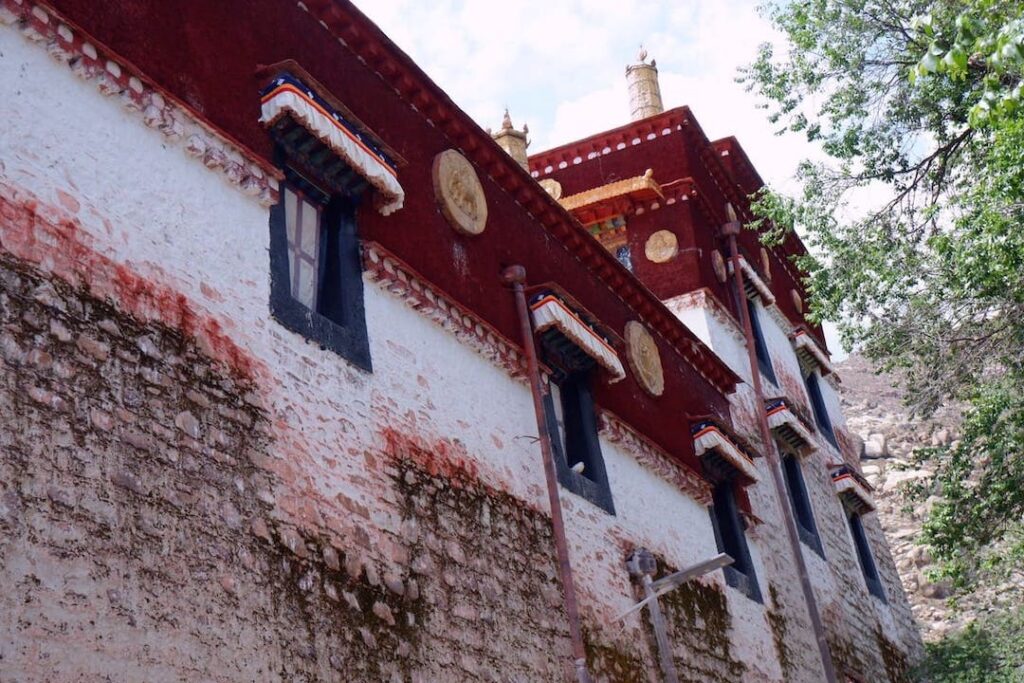

In addition to local insights, expert guides can also ensure your safety during your trip. They are familiar with the terrain, weather conditions, and altitude sickness symptoms, and can provide you with guidance on how to acclimatize properly. They can also assist you in obtaining the necessary permits and arranging transportation and accommodations.
Overall, by seeking local insights and expert guides, you can make the most of your Tibetan experience. You will have a deeper appreciation for the region’s culture and history, gain access to hidden treasures, and ensure a safe and enjoyable journey.
Responsible Tourism in Tibet
Responsible tourism in Tibet involves engaging with local communities in a respectful and sustainable way. When visiting Tibet, it is important to be mindful of the local culture and traditions and to interact with the local population in a meaningful and positive manner.
One way to engage with local communities in Tibet is to support local businesses and artisans. By purchasing locally made products and souvenirs, you are directly contributing to the local economy and helping to sustain traditional crafts and livelihoods. It is also a good idea to eat at local restaurants and stay in locally owned accommodations, as this helps to support the local community.
Another way to engage with local communities is to participate in cultural exchanges and activities. Many local communities in Tibet offer opportunities for visitors to learn about their traditions, such as attending traditional music and dance performances or participating in cooking classes. These activities not only provide a unique cultural experience for visitors but also generate income for the local community.
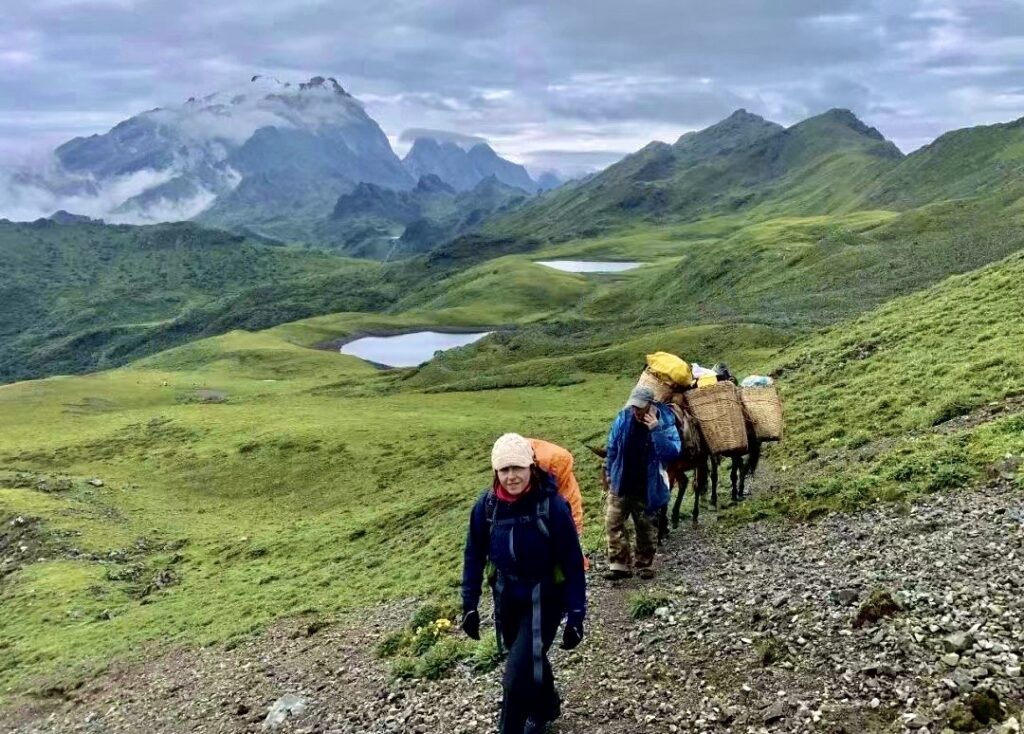

Responsible tourism also involves being respectful of the environment and natural resources in Tibet. It is important to follow guidelines and regulations when visiting protected areas and to minimize your impact on the environment. This can include things like properly disposing of waste, conserving water and energy, and respecting wildlife and their habitats.
Engaging with local communities in Tibet is a great way to have a more authentic and meaningful travel experience. By supporting local businesses, participating in cultural activities, and being mindful of the environment, you can contribute to the sustainable development of the region and help to preserve its unique cultural heritage for future generations.
Separating Fact from Fiction about Tibet
Tibet is a region with a rich cultural heritage and a fascinating history. Unfortunately, it is also a region that is often misunderstood and subject to many misconceptions. Separating fact from fiction is important in order to gain a better understanding of Tibet and its people.
While Tibet is an autonomous region in China, it has a distinct culture, language, and history that sets it apart from mainland China. The Tibetan people have a unique identity and have been enjoying autonomy for many years.
Another misconception is that Tibetans are unhappy under Chinese rule. While there are certainly Tibetans who oppose Chinese control or greater autonomy, it is important to recognize that not all Tibetans feel this way. There are many Tibetans who are content living under Chinese rule and focus on preserving their culture and way of life.
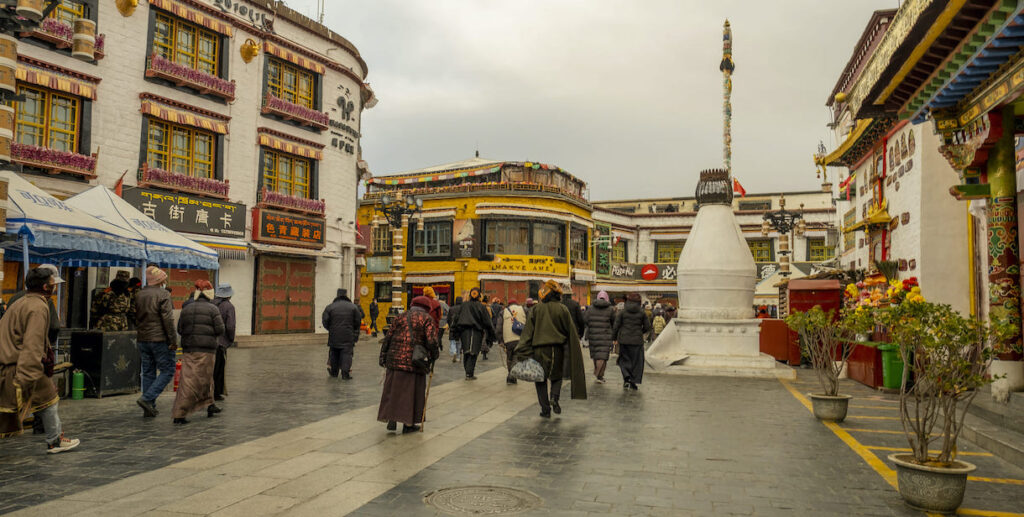

A third misconception is that Tibet is a closed-off and inaccessible region. While it is true that the Chinese government restricts access to Tibet for foreigners due to environmental issues and other issues. But, it is still possible to visit with the proper permits. Tibet has a rich tourism industry and welcomes visitors who are interested in learning about its culture and history.
Finally, there is a misconception that Tibetans are all devout Buddhists. While Buddhism does play a significant role in Tibetan culture and daily life, not all Tibetans are religious. There are Tibetans who practice other religions or have no religious affiliation at all.
By separating fact from fiction, we can gain a better understanding of Tibet and its people. It is important to approach the topic with an open mind and enjoy traveling in Tibet.
